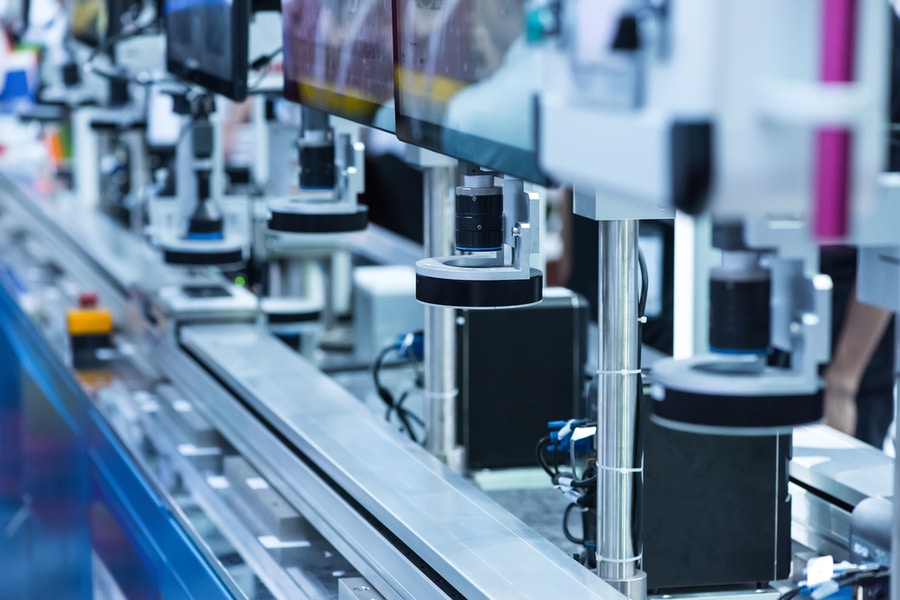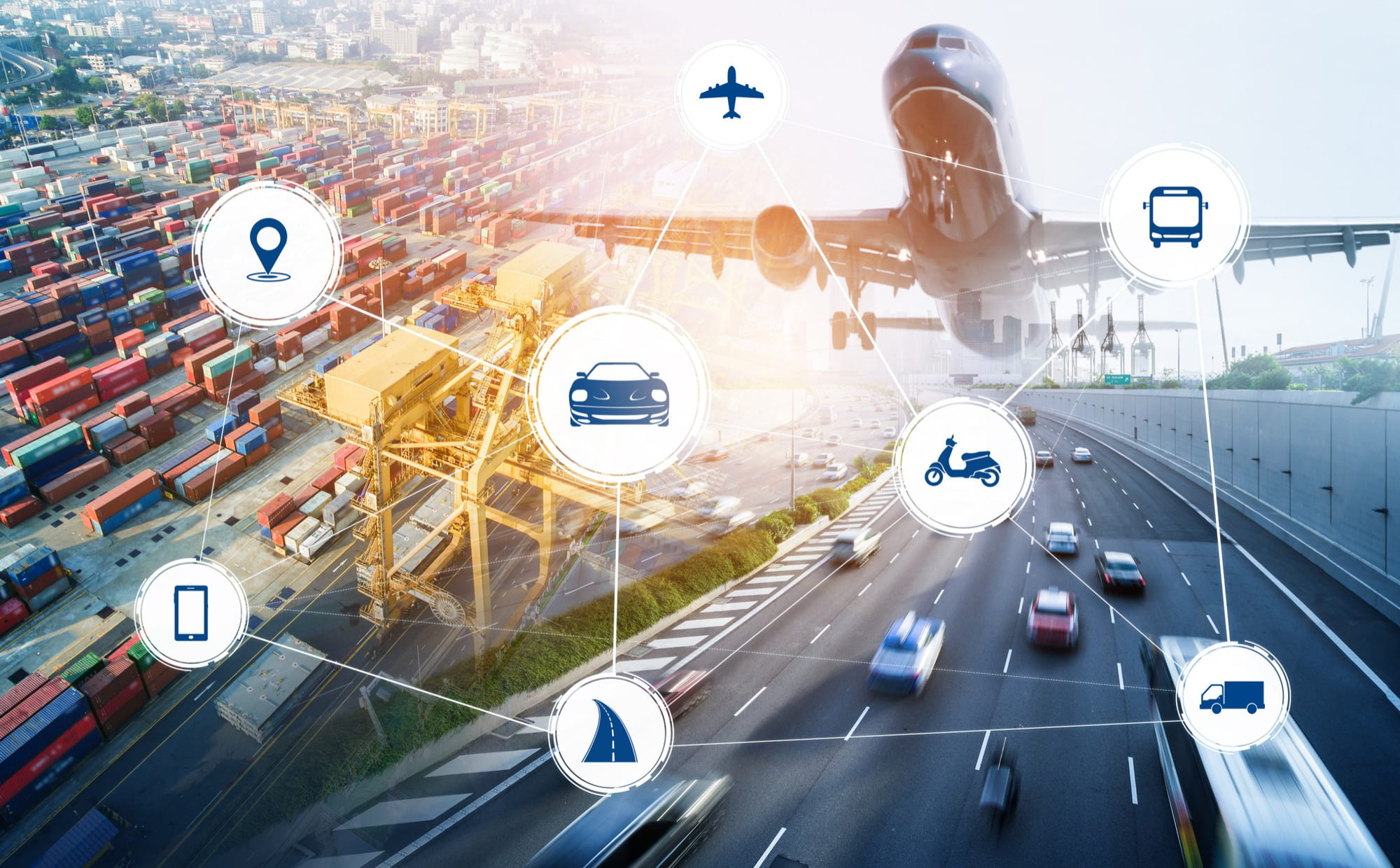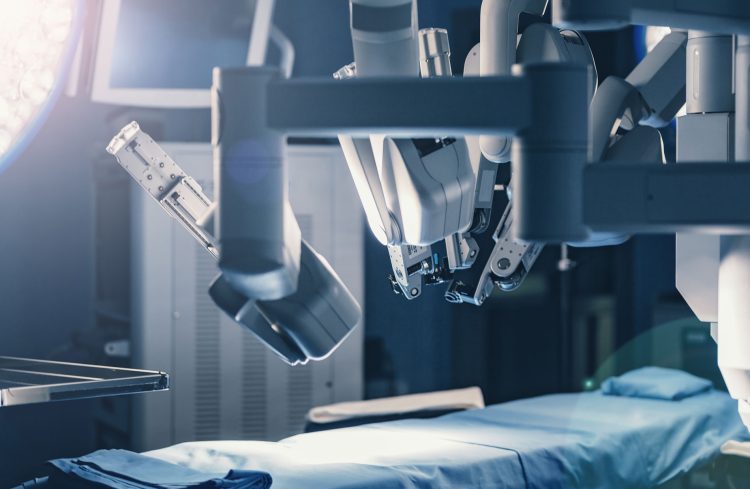Automation is transforming the global landscape, fundamentally altering industries that have remained relatively unchanged for centuries. From manufacturing to healthcare, automation is not just a buzzword—it’s a driving force behind economic evolution, efficiency, and productivity. But what does this mean for traditional industries? Will automation replace jobs, or will it augment human potential? Let’s explore how automation is reshaping the world we know and what this transformation means for the future of work and society.
The Rise of Automation: A Brief Overview
Automation is the use of technology to perform tasks without human intervention. It has evolved from simple machinery to sophisticated systems powered by artificial intelligence (AI), robotics, and the Internet of Things (IoT). What began as basic factory machinery in the early 20th century has now expanded into self-driving cars, AI-driven data analytics, and intelligent robots performing surgeries.
In essence, automation promises to deliver three major benefits: improved efficiency, reduced human error, and increased production rates. But this is only scratching the surface of its impact, particularly in traditional industries where manual labor has long been the backbone of operations.
Automation in Manufacturing: The Backbone of Industry 4.0
Manufacturing, one of the first industries to embrace automation, has undergone a dramatic transformation. The advent of Industry 4.0, often referred to as the fourth industrial revolution, represents the fusion of physical and digital technologies. Automated systems now control assembly lines, monitor production quality, and even predict machinery breakdowns before they occur.
Robotics are a prime example of this shift. Robots are no longer confined to simple tasks like welding or assembling parts—they are now capable of performing more complex activities, such as quality control, logistics management, and customized production. These machines improve the speed and accuracy of operations, reduce waste, and allow manufacturers to meet consumer demands in real-time.
For example, Tesla’s Gigafactories are equipped with some of the most advanced automation systems, utilizing AI and robots to assemble vehicles with precision and speed. This has radically cut down manufacturing costs and enabled rapid scaling of production.
However, this shift to automation raises concerns about the future of labor in manufacturing. Will robots replace human workers? The answer isn’t straightforward. While some roles may be displaced, automation can also create new job opportunities in areas like robotics maintenance, AI programming, and system optimization.

Retail: Automation as the New Customer Experience
Retail is another industry being transformed by automation. From the moment you enter a store to when you make a purchase, automation is enhancing the customer experience. Self-checkout systems, AI-driven recommendations, and robotic inventory management are just the beginning. For example, Amazon’s cashier-less stores, powered by sensors and cameras, allow customers to pick up items and walk out without going through a traditional checkout process.
Moreover, automation allows retailers to optimize inventory management, forecasting demand, and pricing. AI tools can analyze massive datasets to predict trends and customer behavior, giving retailers an edge in supply chain management.
For physical stores, robots are already being deployed to assist with inventory organization and restocking, such as Bossa Nova robots used by Walmart. These robots roam the aisles scanning shelves to identify which items need replenishing. This means less human labor is required for mundane tasks, leaving employees free to engage with customers on a higher level.
Even the logistics side of retail has seen automation improvements. Automated warehouses, such as those used by Ocado or Amazon, employ robotic arms, drones, and autonomous vehicles to move goods efficiently and reduce human error. This dramatically shortens delivery times and lowers costs.
However, as with manufacturing, there’s an ongoing debate about the impact of automation on jobs in retail. While some roles, like cashiers or stock clerks, may be displaced, new roles in AI programming, logistics, and customer service may emerge. The key will be reskilling the workforce to adapt to this changing environment.
Healthcare: Automation Enhancing Patient Care
Healthcare is another sector poised for a radical transformation due to automation. With the rise of AI, robotic surgery, and telemedicine, the healthcare landscape is becoming more efficient, accurate, and personalized.
AI algorithms are already being used to diagnose diseases, analyze medical images, and predict patient outcomes. For example, IBM Watson can process vast amounts of medical data and suggest treatment options for cancer patients. This reduces the likelihood of human error and allows doctors to focus on patient care rather than spending time on data analysis.
In surgery, robots like Da Vinci Surgical Systems allow surgeons to perform complex procedures with greater precision. These robots are controlled by a surgeon, but they provide enhanced visualization and fine-tuned control, leading to smaller incisions, quicker recovery times, and fewer complications.
Automation is also streamlining administrative tasks in healthcare, such as appointment scheduling, medical records management, and billing. This frees up time for healthcare providers to focus on patient care rather than bureaucratic tasks.
However, despite these advancements, the human element in healthcare remains irreplaceable. Automation in healthcare should not be seen as replacing doctors or nurses but rather as empowering them with the tools to deliver better, more efficient care.
Transportation: Autonomous Vehicles and the Future of Mobility
One of the most talked-about areas of automation is autonomous transportation. Self-driving vehicles are set to revolutionize not only how we commute but also how goods are transported. In cities, self-driving taxis, buses, and trucks will reshape the urban landscape, reducing traffic congestion and improving efficiency.
Companies like Waymo and Tesla are leading the charge in autonomous driving. These vehicles rely on AI, machine learning, and advanced sensors to navigate roads, avoid obstacles, and make real-time decisions. The potential benefits are significant, from reducing accidents caused by human error to lowering transportation costs and increasing the efficiency of logistics networks.
However, widespread adoption of autonomous vehicles is still facing hurdles. Regulatory frameworks are not fully developed, and there are concerns about safety and the displacement of drivers. It’s likely that self-driving technology will gradually be integrated into society, starting with specific sectors like freight shipping, before becoming commonplace for passenger vehicles.
Construction: Building Smarter, Faster, and Safer

The construction industry is another sector where automation is gaining momentum. 3D printing, robotic bricklaying, and drones are transforming how buildings are designed and constructed. 3D printing, for example, allows for the rapid construction of structures using layers of material, significantly reducing labor costs and construction times.
Drones are also being used to monitor construction sites, survey land, and even deliver materials to hard-to-reach areas. These innovations allow construction companies to complete projects more efficiently, safely, and with fewer human workers on-site.
However, the construction industry is also grappling with labor shortages, and automation could be a solution to this challenge. While some fear that robots might replace workers, the reality is that automation will likely complement human labor, taking over repetitive or dangerous tasks and allowing workers to focus on more complex aspects of the project.
Finance: AI and Automation Driving the Digital Economy
The finance industry is embracing automation to improve both customer experience and operational efficiency. Robo-advisors provide personalized investment advice using algorithms, making financial services more accessible to the masses. AI is also being used in fraud detection, risk assessment, and compliance, significantly reducing the need for manual oversight.
Automated trading systems allow financial institutions to process transactions and make decisions at speeds that humans simply cannot match. These systems analyze vast amounts of data in real-time, identifying trends and executing trades within fractions of a second.
For retail banking, chatbots powered by AI handle customer inquiries, process transactions, and assist in personal finance management. As the industry continues to evolve, the role of human bankers may shift from routine tasks to more strategic roles focused on customer relationship management and financial planning.
The Impact of Automation on the Workforce
As automation permeates more industries, the nature of work is changing. Some tasks and roles may be displaced, but new opportunities will emerge. The key challenge will be ensuring that workers have the skills required to adapt to this new landscape.
Reskilling and upskilling initiatives will be essential in helping workers transition into new roles. Automation can enhance human capabilities rather than replace them, and industries will need to embrace a hybrid model where both humans and machines work together.
Conclusion: The Future is Collaborative
The question is not whether automation will reshape traditional industries—it already is. The future of work will likely be characterized by collaboration between humans and machines, with automation handling routine tasks while humans focus on creative, strategic, and interpersonal roles. As industries continue to evolve, the key to success will be adapting to these changes, embracing new technologies, and ensuring that the workforce is prepared for the future.











































